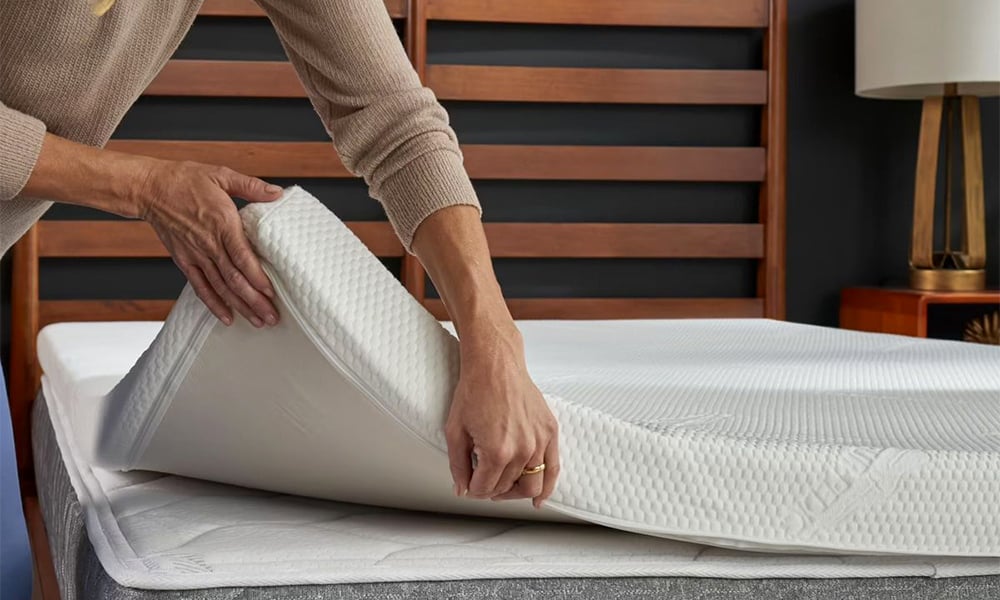The three general levels of sleeping surfaces: are soft, medium, and firm. Soft surfaces are generally cushioned and work for people who sleep on their side. However, they may not support heavier people or those with back pain. Medium-firm mattresses balance softness and firmness. They suit many people and sleep positions. Firm mattresses are very supportive. They suit back and stomach sleepers. Firm mattresses may not relieve pressure. Choose a mattress based on weight, sleep position, and preference. Heavier people need firmer mattresses. Side sleepers need softer mattresses. Mattress type (coil, foam, hybrid, or latex) matters. Test mattresses read reviews, consider sleep partner’s preferences, and check warranties.
Sleep Position and Firmness Choice
The sleep position affects mattress firmness. Back sleepers need a surface that is not too soft or firm. It should support their midsection. Side sleepers prefer a soft, supportive surface. It should be soft, but not too soft. It should not create pressure points. Stomach sleepers generally prefer sleeping on a much firmer sleeping surface. Other factors may include body weight, sleep surface, head support, room, and sound. Mattresses can be coil, foam, hybrid, or natural. To help the clients, recommend a solid bed frame or buy mattress online singapore. Also, suggest a cool, quiet room, with good air quality, and a regular sleep routine.

Body Type’s Role in Comfort
Body weight affects mattress comfort. Lighter people can use softer mattresses. But very soft mattresses can cause sinking. Heavier people need firmer mattresses to avoid sinking. Sleep position matters. Side sleepers need a balanced firmness level. Back sleepers need a similar level to keep the body supported. Stomach sleeping requires a more supportive surface. It must avoid sinking into the mattress. A very cushioned sleeping surface tends to encourage back discomfort. The type of surface one selects depends on various considerations:
- Material: innerspring, memory foam, latex, or hybrid
- Age
- Lifestyle: active or sedentary
Achieving Optimal Pressure Relief
Pressure points are areas where nerves and blood vessels meet. When pressed, they hurt and disrupt sleep. Side sleepers feel pressure on shoulders and hips. Stomach and back sleepers feel pressure on the lower back. Contouring foam, supportive latex, and hybrid mattresses relieve pressure. They conform to the body, reducing strain. Memory foam softens with body heat. Latex offers breathable support. Hybrids combine coils with foam or latex. To relieve pressure, use a good pillow, rotate the mattress, and consider a mattress topper. Regularly replace the mattress and practice good sleep habits. Knowing pressure points and using the right mattress improves sleep and health.
